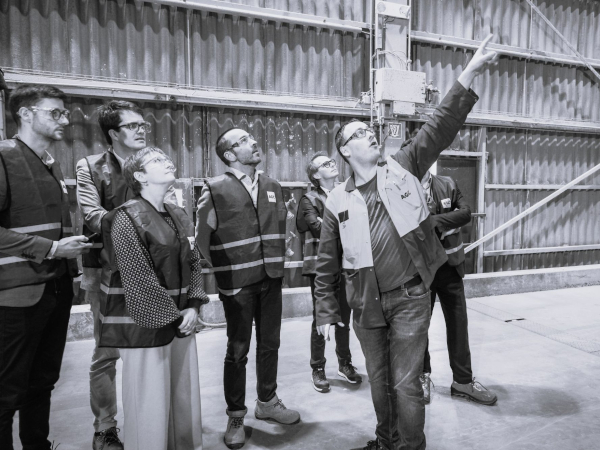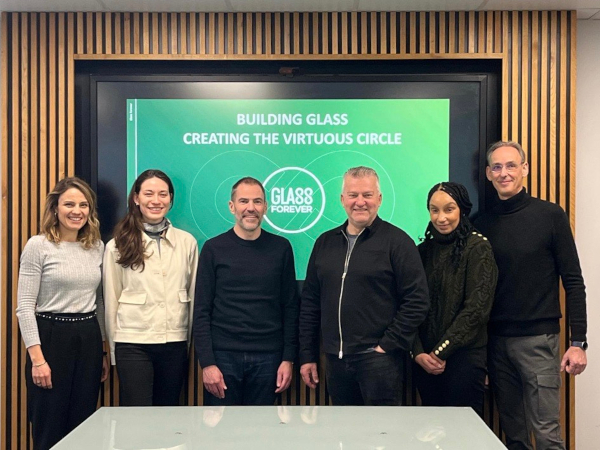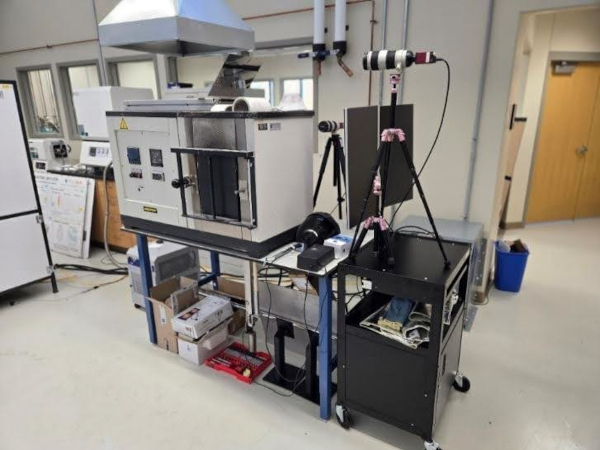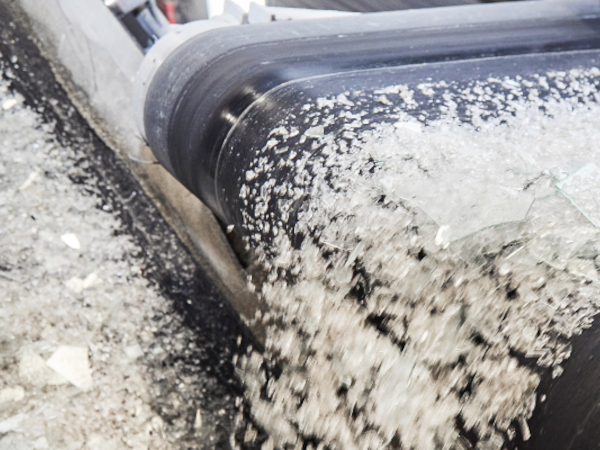Date: 4 February 2015
Over 4.5 million will be invested in the new production lines . With the new factory will enable the leading European glass recycler will be able to increase the amount of raw material it recovers from waste glass by 11% and further improve the quality of the recycled cullet. The conversion work will start in March 2015 and will take several months to complete.
Maltha is the largest glass recycling company in Europe and specialises in recycling glass waste from businesses, local authorities and households, which it processes to create new raw materials for the glass and glass wool industry. More than 1 million tonnes of glass waste are processed every year by the glass recycler. “It is important that we continuously improve the quality of our product. For that reason we are now modifying the entire production process at our factory in Heijningen”, says Tich Vanduren, Director of Maltha Glassrecycling. “Glass cullet is the perfect raw material for new glass. It is infinitely recyclable in its entirety, without any loss of quality. Also, using glass cullet in the furnace means that less energy is used, significantly reducing the CO2 emissions of our glass furnaces. We use the latest recycling technologies and also incorporate a drying step into the process. This increases the recycling percentage by 11% and improves the quality of our end product even further”.
Future investment programme
The investment in the glass recycling plant is part of a wider investment programme that Van Gansewinkel will roll out over the coming period. “We deliberately invest in projects that will allow our organisation to increase the amount it recycles and further improve the quality of the end product”, says Marc Zwaaneveld, CEO of Van Gansewinkel. “Maltha is an excellent example of such a project, as is the investment in our new plastic recycling site in Waalwijk at the end of last year. We achieve the quality of our end product by optimising all the links in our chain – that’s why we are also investing in collection, transshipment and sorting.”
New technology
Almost all of the sorting and separation machinery at the factory are being replaced with new technologies and machines. Vanduren: “This is a huge task that involves rebuilding the entire line. As a recycler it goes without saying that we are investigating which machines or parts can be given a new life. We will be reusing the conveyor belts in the new facility, for example. The new machines make it possible – by using a new drying system and the incorporation of an additional sorting step – to remove CSP (ceramic, stone and porcelain) contamination even more effectively. Stone-like materials do not melt in a glass furnace. We are also investing in new machines that recognise leaded glass and heat-resistant glass such as Pyrex (e.g. casserole dishes).”
Ergonomics
Glass recycling is a process in which high-tech equipment can never replace all the manual labour. With the reopening of the factory, the company will also implement a programme to further improve the ergonomics for its employees. Vanduren: “We want our employees to be able to perform their work in an efficient and healthy way. With our ergonomics programme we will ensure that they perform the activities in the correct posture and work in a dust-free environment.”
Glass in the bottle bank
“In an ideal world, of course, waste flows such as stone pitchers, plates or casserole dishes would not end up in the bottle bank, but in reality this does happen. Our process ensures that the glass is refined from up to 10 kilos of stony contaminants per tonne of waste glass to a maximum of just 25 grams per tonne (1000 kg) of clean cullet. That is a top achievement when you realise how contaminated the glass sometimes is upon arrival”, explains Vanduren. The new factory is a response to the increasingly poor quality of the glass collected and the increasingly stringent requirements imposed on recyclers by the glass industry.
Continuous improvement
Maltha invests continuously in its factories on an ongoing basis to ensure it provides the best possible service to its customers and supplies a product of the highest possible quality. In 2008, for example, the glass recycler built a new glass processing factory in Béziers (France), which was followed in 2009 by a new factory in Szöd (Hungary). In 2011 the glass sand line at the Heijningen factory was expanded and in 2013 the construction of a completely new factory in Izon (France) was completed. The announced improvement to the process carried out in Heijningen will start in March and is expected to be completed within a few months. During the conversion, the glass that is normally processed in Heijningen will be handled at factories in Emmen and Lommel.







Add new comment